13 easy DIY jobs to save you money (and three to avoid)
Not all DIY tasks are created equal

Evgeny Atamanenko / Shutterstock
Whether you've just moved home or the 'to-do list' keeps getting longer, trying a spot of decorating and renovating yourself can save money and create a sense of achievement. But, if you are a beginner, the thought of any DIY may be daunting.
We've put together a set of DIY jobs that are so simple you'll soon be crossing them off your list. That being said, some skilled projects require a professional to fix.
Read on to find out more...
Try this: tile a splashback

B&Q / Press Loft
Renovating your kitchen or bathroom? Considering how much a tiler costs to lay a simple splashback, why not have a go at tiling yourself? The small space makes a perfect canvas to try out your design and cutting skills.
One of the most important parts of tiling is measuring the space for your tiles. Get that wrong and it could be money down the kitchen sink. So always measure twice and cut once.
Try this: tile a splashback

Arturs Budkevics / Shutterstock
The key to tiling is starting in the middle. Amanda Telford at CTD Tiles says: "Working from the lower centre upwards and outwards, apply your adhesive to the wall, making sure you work in small and manageable areas at a time. Apply your tile to the adhesive on the wall and place it in the right position, making sure it’s straight (look back at your lines). Add a spacer to the sides of the tile and then carry on with this process row by row".
The tricky part is at the end of rows: "Simply mark on the back of a tile where it needs to be cut and cut to the required size using a manual tile cutter or electric tile saw", adds Amanda.
Try this: build flat-pack furniture

Monkey Business Images / Shutterstock
Flat-pack is certainly a more economical option when buying furniture but assembling the jigsaw puzzle of pieces can be a headache. So much so that IKEA now offers an assembly service that matches handymen in your area to build flat-pack furniture for you at a cost.
Try this: build flat-pack furniture

Melinda Nagy / Shutterstock
As many genius IKEA hack creators would tell you, flatpack furniture can be built stress-free when following a few rules. First, ensure you have plenty of time to finish the job without distractions. Ensure all the fixings are in the box and are close to hand and, if you have space, lay all the sections out in front of you. Finally read the instructions first and while building.
Getting stuck? Check online as there may be a YouTube video tutorial on how to build your recent purchase.
Try this: paint a wall

kitzcorner / Shutterstock
Painting a wall may seem like an easy job but simply slapping a coat onto an unprepared wall may end in a mess. TV presenter turned self-taught DIY enthusiast Dom Wood told Hippowaste.co.uk: "Painting a room is a guaranteed way to make an instant impact in your home, but it's one of the jobs we look forward to the least".
Dom has a few tips to make painting a wall a breeze...
Try this: paint a wall
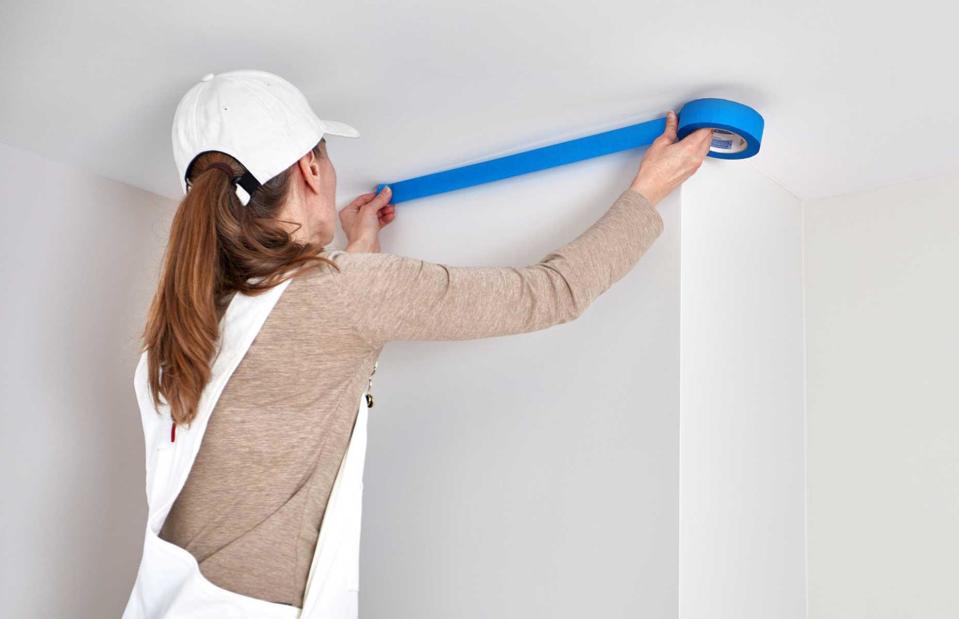
kurhan / Shutterstock
When painting a wall, preparation is key. Mask edges with decorating tape and ensure the painting area is kept nice and tidy.
Dom Wood also recommends: "Stretch an elastic band over the length of your paint tin and shift it across the middle to help you get any excess paint off your brush and avoid unwanted spillages. Make sure you cover your paint tray and brushes with cling film between painting sessions to help save time, energy and paint".
Try this: fill a crack in the wall
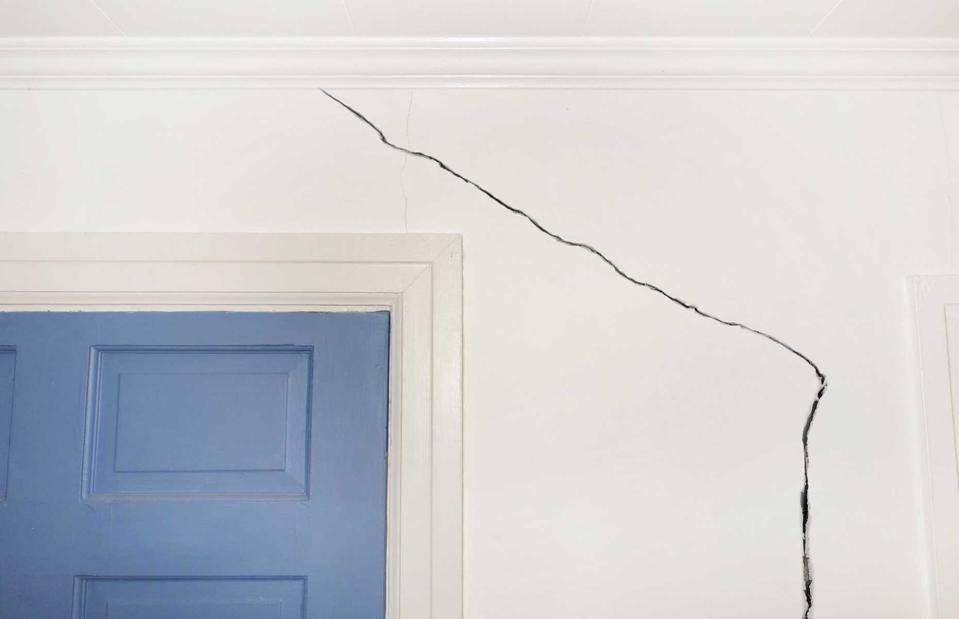
zimmytws / Shutterstock
Small cracks in walls aren't as shocking as you might first think. Cracks can form as foundations settle in new builds and extensions. Whereas in older houses, changes in temperature and humidity will cause the structure to shrink leading to the same problem.
Try this: fill a crack in the wall
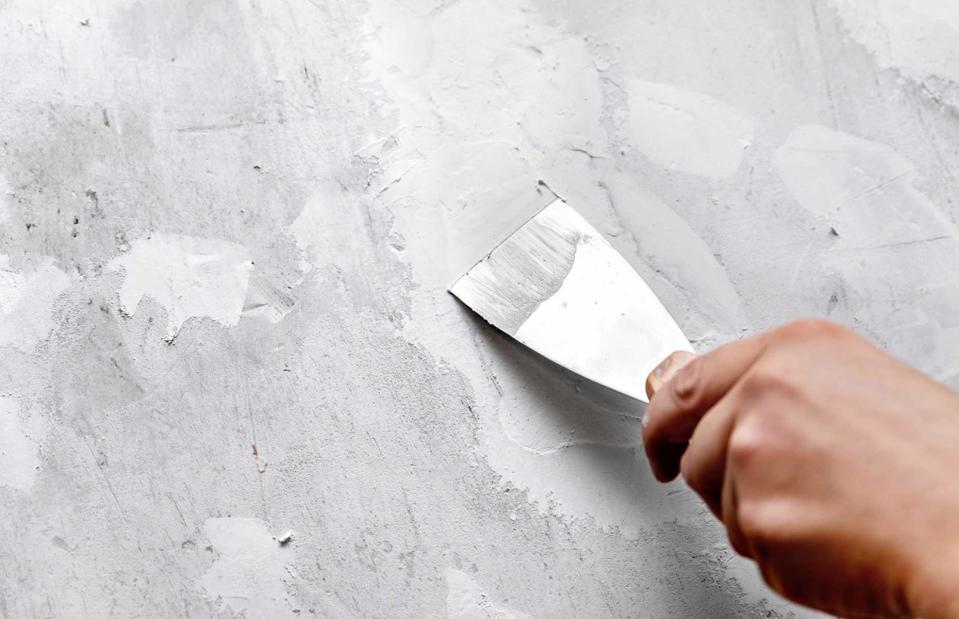
Miriam Doerr Martin Frommherz / Shutterstock
To fill a small crack, start by washing the area with sugar soap and removing any pieces of loose plaster. Apply filler to the crack in the wall with a filler knife. Scrape the access off and allow it to dry. Finish by sanding down the surface while wearing a dust mask. Then it's ready to paint.
Try this: change a lightbulb
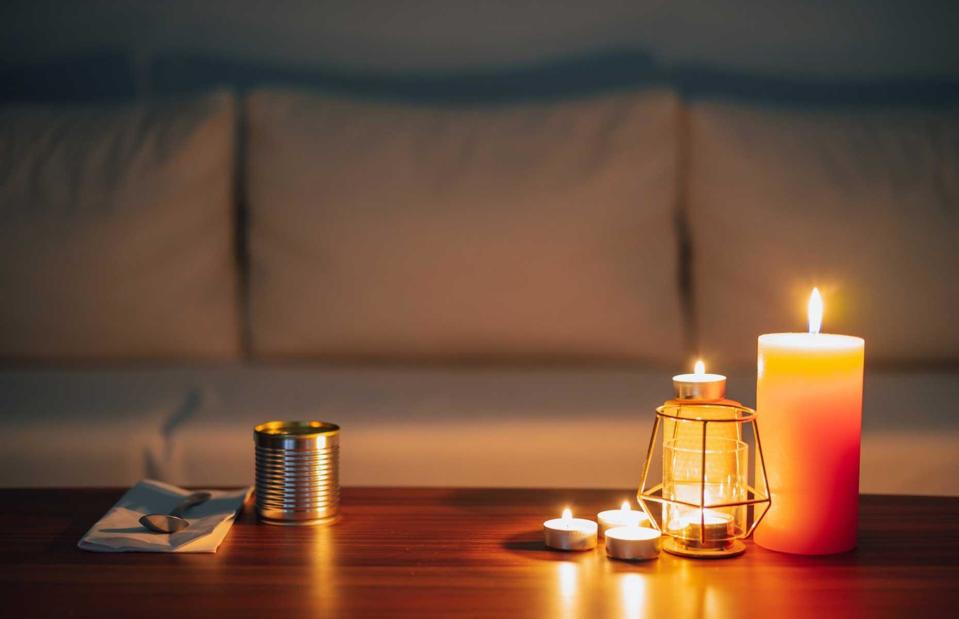
Sevda Ercan / Shutterstock
Is it time to change the lightbulb that's blown? Candlelight may be ambient and atmospheric but knowing how to change a lightbulb is a life skill that everyone needs to know. Plus, it's probably the easiest DIY job to do – once you know how.
Try this: change a lightbulb

Rasstock / Shutterstock
Changing a lightbulb is simple when you know how. Every time you change a light bulb, the first and most important rule is to switch off the fixture. Remove the plug from its socket if you are changing a lamp light.
The new bulb must have the correct wattage recommended for the light fixture. Ensure the bulb has cooled and either unscrew or push and turn anti-clockwise to remove the finished bulb. To insert the new bulb, screw it into place or push it gently or firmly, turning clockwise.
Try this: bleed a radiator
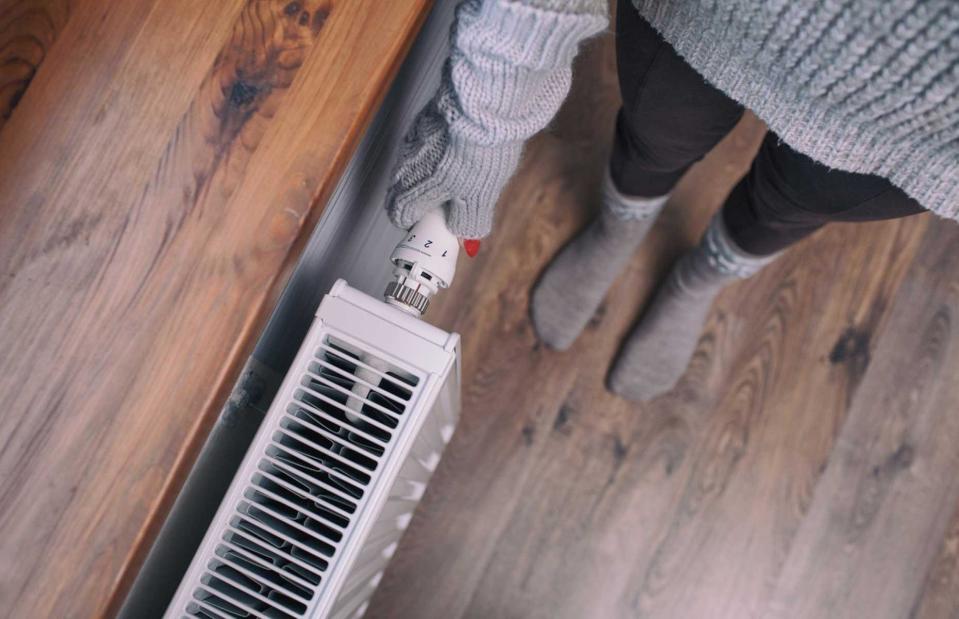
NinaMalyna / Shutterstock
As summer ends and nights turn chilly, it may be time to turn the heating back on. But, as the seasons change, do you notice the radiators aren't quite doing their job? If the heating has been off for a while, air may have become trapped inside radiators, preventing the warm water from circulating when they're switched back on.
Try this: bleed a radiator
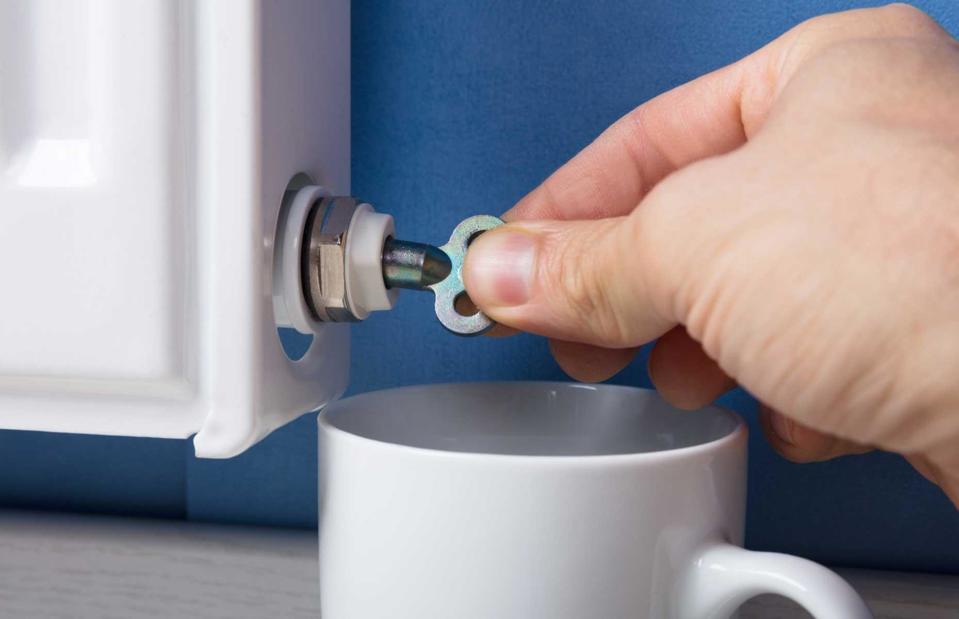
Andrey_Popov / Shutterstock
Many issues with home heating stem from the heat emitters rather than the source, so checks should be carried out. Check for cold spots, usually at the top. To bleed a radiator, make sure the heating is off and the radiators are cold.
Hold an old cloth or cup under the bleed valve at the bottom side of the radiator. Turn the valve anti-clockwise and you should hear hissing as the air escapes. As soon as any water starts escaping, turn the valve clockwise to retighten.
Try this: top up a boiler

New Africa / Shutterstock
So, you've bled the radiator and heat is still not filling rooms as it should. Unfortunately, bleeding a radiator can lower boiler pressure. Maybe it's time to check the mothership?
Corgi Home Plan reports that one of the most common boiler faults is simply down to low boiler pressure, so it's good to know how to raise it back up.
Try this: top up a boiler

brizmaker / Shutterstock
To increase pressure, start by switching off the boiler and allowing it to cool. Check that both ends of the filling loop are securely attached. Open the valves to allow the cold main water in the system and wait for the pressure gauge to reach between 1 and 1.5. Close the valves one at a time.
Switch the boiler back on and, if needed, press the reset button. Finally, undo both ends of the filling loop and remove. However, if in doubt, check the instruction manual for your boiler's specific make and model.
Try this: replace grout
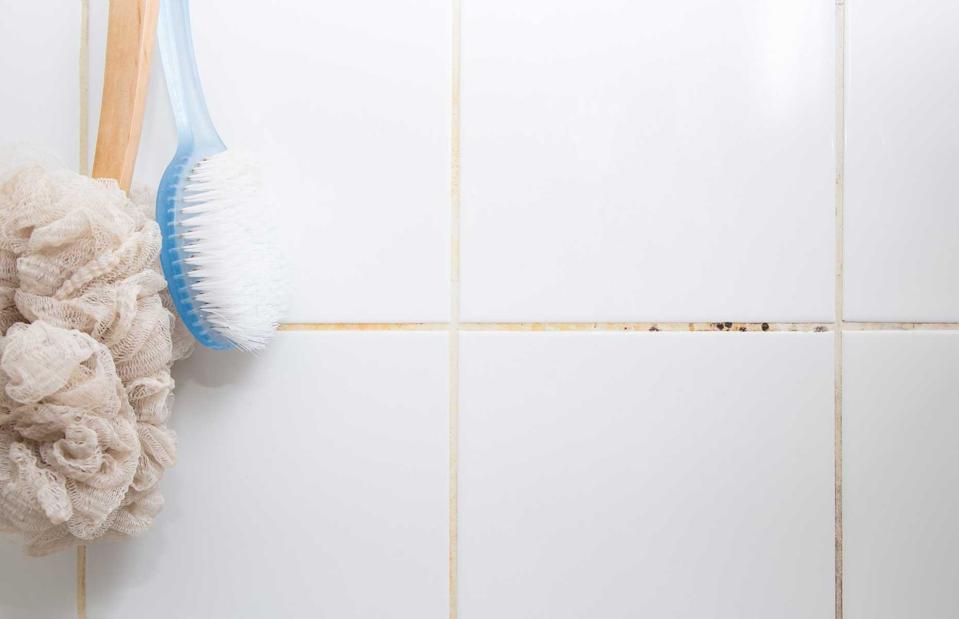
Tapati Rinchumrus / Shutterstock
While wall tiles make a long-term protective investment, the grout that seals them can gradually de-colour as dirt, mould and mildew build up over time. If a good clean doesn't fix the problem, or the grout is starting to crumble away, you may need to take further action.
Rather than taking on the mammoth task of retiling a whole room, removing and replacing grout can refresh and make a kitchen or bathroom look like new.
Try this: replace grout
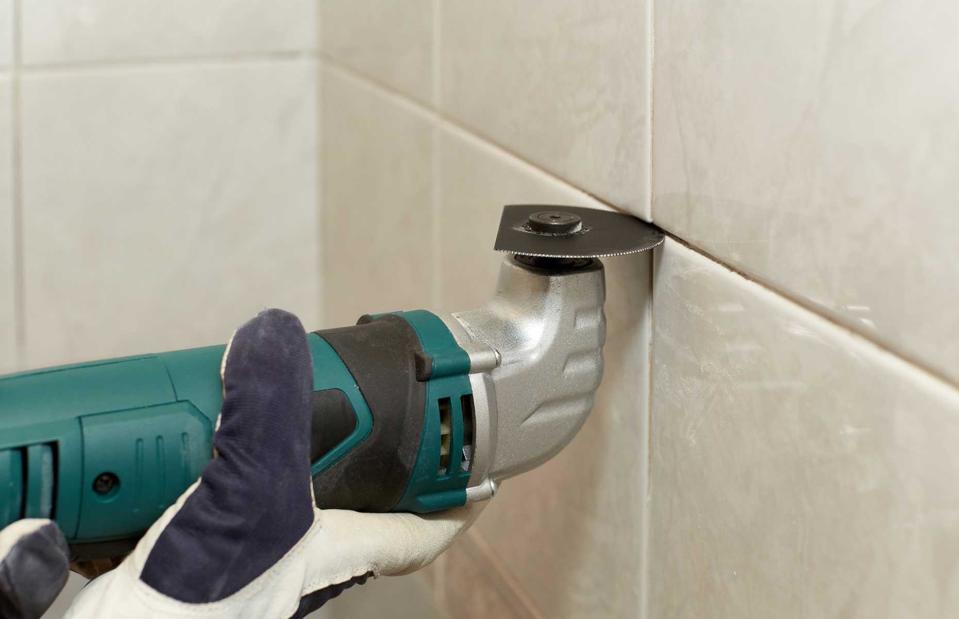
Dmitry Melnikov / Shutterstock
To remove grout the easier way, invest in a handy grout remover tool. The pneumatic action powers through old and discoloured grout in no time. Manual tools can be used to scrape and chip away the grout but this method takes a lot more elbow grease to achieve.
Once all the old grout is removed, apply new grout with a suitable spreader. After grouting, clean the tiles.
Try this: unblock a sink
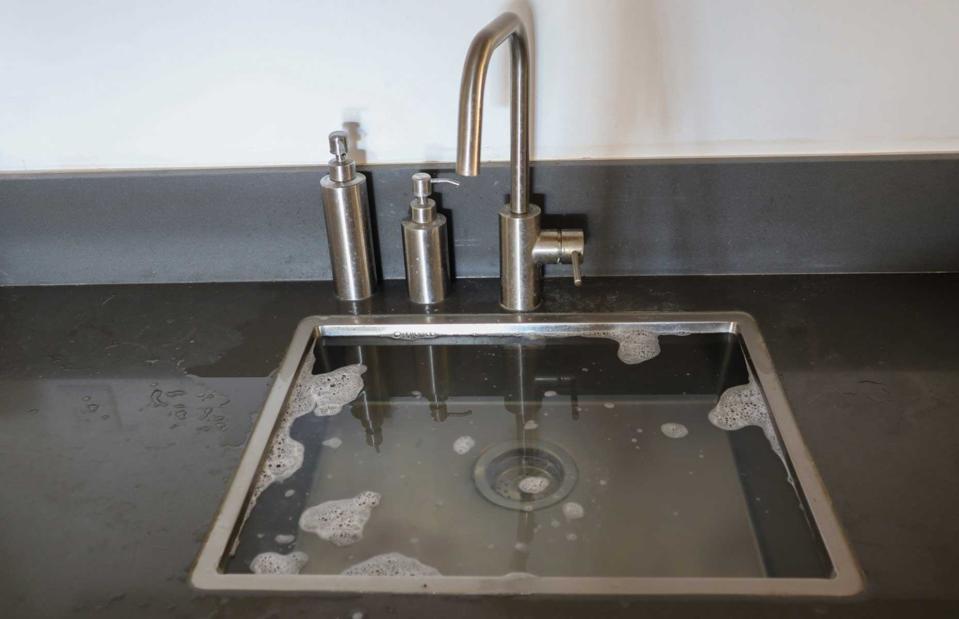
Igal Vaisman / Shutterstock
Kitchen and bathroom sinks get a lot of use, so it's no surprise that blockages occur from time to time. Before you reach for your phone to call an emergency plumber with expensive call-out charges, there are a few DIY tricks you can try that might unblock the pipes.
Try this: unblock a sink
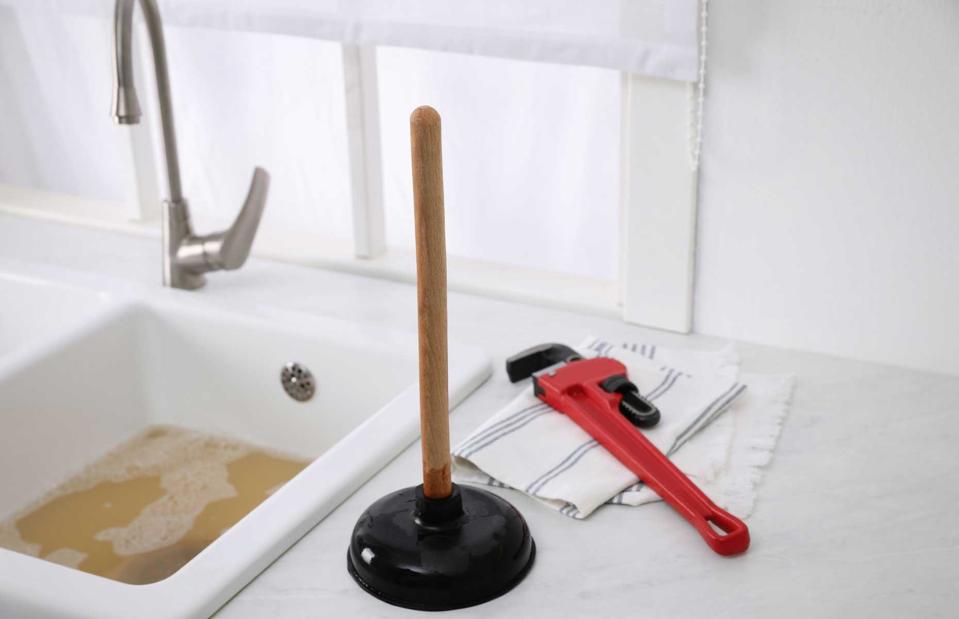
New Africa / Shutterstock
A natural remedy to unblock a sink is a mixture of bicarbonate of soda and white vinegar. A wire tool or metal hanger may pull out the blockage, but take care not to damage pipes. A blast of hot water may push the debris down and away down the drain.
Alternatively, a plunger will most likely do the trick. Try covering the overflow with a rag to create a stronger suction. Place the cap of the plunger over the drain and make a tight seal, then, using firm pressure pull the plunger up vertically.
Try this: hang pictures on a wall
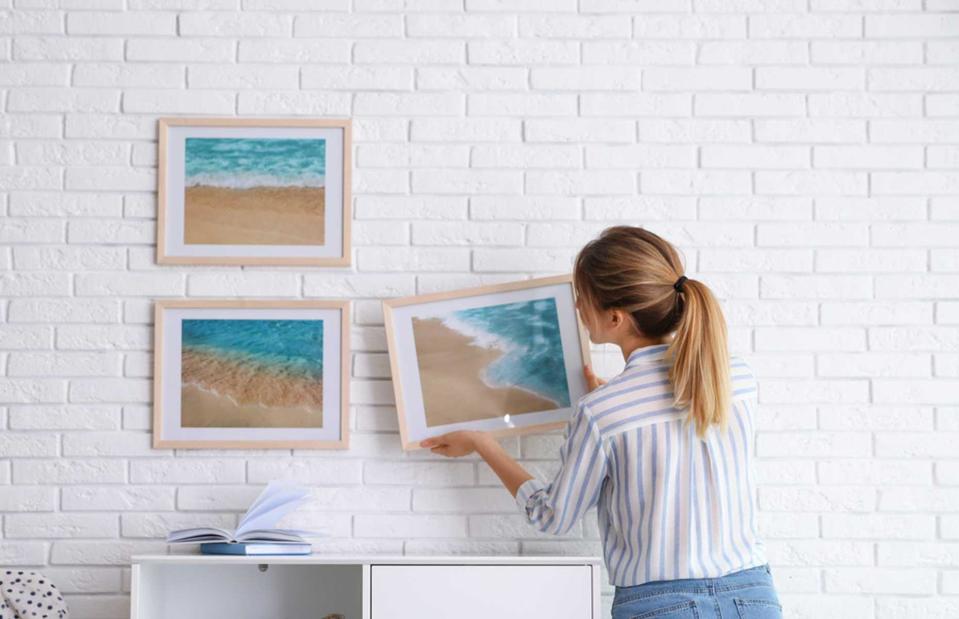
New Africa / Shutterstock
What's not to love about a gorgeous gallery wall full of interesting prints and photos that add character to your home? Learning how to hang pictures as a DIY project will open up a creative side that will benefit your home and that you can use again and again.
Try this: hang pictures on a wall

Fahroni / Shutterstock
Hanging a picture on a heavy-duty brick wall requires a drill. Line up your frames and mark where you need the screws to hang. With an appropriate drill bit, make a hole about 0.75 inches (2cm) deep into the brickwork.
Be prepared with the ultimate DIY hack: pop a folded sticky note underneath to catch the falling dust. Push a rawlplug or anchor into the hole and follow with the screw for hanging your beautiful art.
Try this: put up a shelf

pundapanda / Shutterstock
While it's true that one can never have too many books, when your bookshelf is packed to the rafters, it may be time to learn how to put up a few shelves on another wall. With choices ranging from floating shelves to fixed bracket and top-hung, there is sure to be a style to suit your look.
Try this: put up a shelf
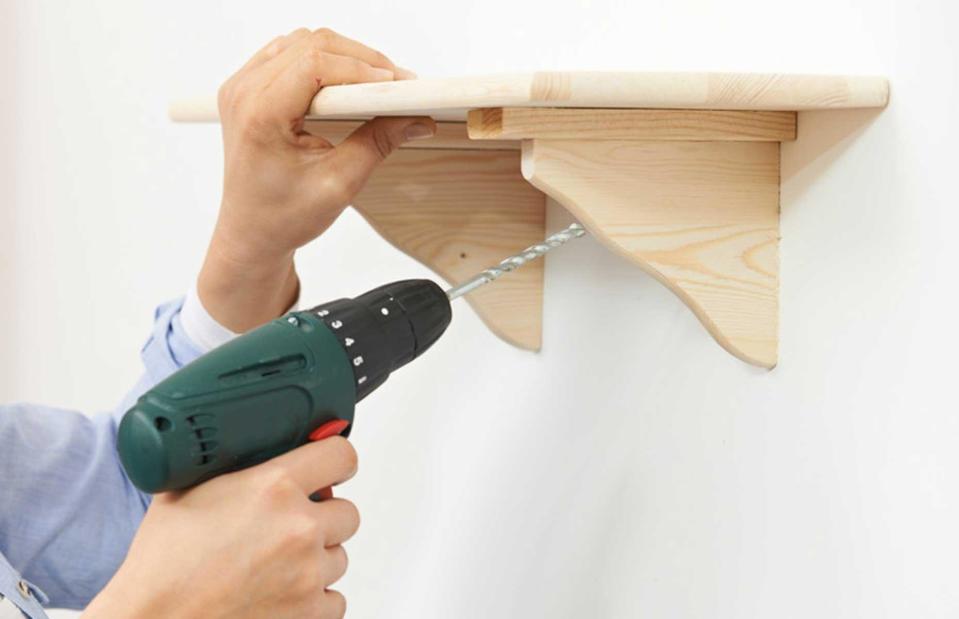
SpeedKingz / Shutterstock
There are two main types of wall-hung shelves: visible brackets and floating. Check the wall area for pipes and cables – you can buy a gadget for this. If there aren't any, you're good to go.
Floating shelves are perfect for light accessories. For heavier items, it's best to choose a shelf with supporting brackets. Masonry walls offer the best support. If using a stud wall, try to drill into the timber supports or buy specific rawlplugs for plasterboard.
Try this: paint furniture

Annie Sloan / Press Loft
Repainting furniture is an easy and fun weekend DIY project that can make a difference. You can either keep the look simple by adding a layer of protective varnish or upcycle an unloved item with a bright colour to give it a whole new look.
Try this: paint furniture

Mariana Serdynska / Shutterstock
Furniture that's made from aluminium, plastic, plastic rattan and steel needs to be cleaned with soapy water before painting with an appropriate paint. Wooden furniture needs a little extra care.
IKEA recommends re-staining wood furniture with a paintbrush to extend its lifetime. To paint wood furniture a brand new colour, sand down the surface and paint two coats with a clean, dry paintbrush. Chalk paint is great for furniture upcycles.
Try this: hang a blind

Thomas Sanderson / Press Loft
Curtains and blinds not only block out light and provide privacy, they can change the look and feel of a room. There are numerous different blind types, from roller and Roman to Venetian.
You will need to decide whether you want your blinds to hang outside or inside the recess, which will also determine whether the brackets will need to be mounted above or on either side of the window frame. Most retailers will provide a detailed measuring guide to help you get it right.
Try this: hang a blind

Volodymyr Maksymchuk / Shutterstock
If you’re going for a made-to-measure option, your blind will arrive the correct size and all you need to do is decide on the distance away from the window it should be and position the brackets accordingly. If there’s a steel lintel above the window, you may require a specific drill bit.
For readymade roller blinds, you will need to cut it to size using a hacksaw to alter the tube length and a ruler and sharp fabric scissors for the material. Don't forget to secure any safety features such as the cord cleat.
So what tasks should you always call in a professional for?
Save these for the experts...

Andrey_Popov / Shutterstock
By having a go at the previous DIY jobs, you'll soon get the hang of renovating a home. However, the next jobs are best left to a professional or you could end up causing damage to your house, your wallet, or worse still, your well-being.
Don't try this: fix a full-scale leak

Monkey Business Images / Shutterstock
If you have a leak in your home that is causing a flood, first and foremost turn off the water, electricity and gas supplies as soon as possible. Depending on the severity of the situation, call a plumber or work with emergency services to make your home safe.
Don't try this: fix a gas leak

berdiyandriy / Shutterstock
If you can smell gas and think you may be experiencing a leak, turn off any gas supply as soon as possible. Do not turn lights on or off or use appliances with an ignition. Open doors and windows to disperse leaking gases.
To find the leak you must call and employ a professional engineer who is certified with the Gas Safe Register.
Don't try this: change electrical sockets

New Africa / Shutterstock
Troubleshooting electrical issues in the home can be problematic and dangerous, so it is vital to enlist the services of a qualified electrician. Blown sockets, sparking fixtures or flickering lights can be a sign that there is something wrong with your home's electrical wiring circuit. Trying to mend electrical issues yourself can lead to huge financial outlays and worse, risks to your health.


